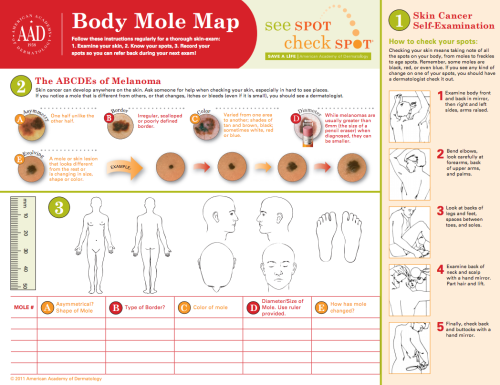Skin Exam
Dermatologic health is a critical aspect of beauty in aging. It is also associated with general health and well-being. The more science has discovered about skin cancer, the more the general public is learning to value sun protection. In addition to taking proper care of the skin on a daily basis, people of all ages are encouraged to obtain annual skin examinations with a board-certified dermatologist. At Asarch Dermatology, Laser & Mohs Surgery, we recommend an annual full body exam to allow early detection of treatment.
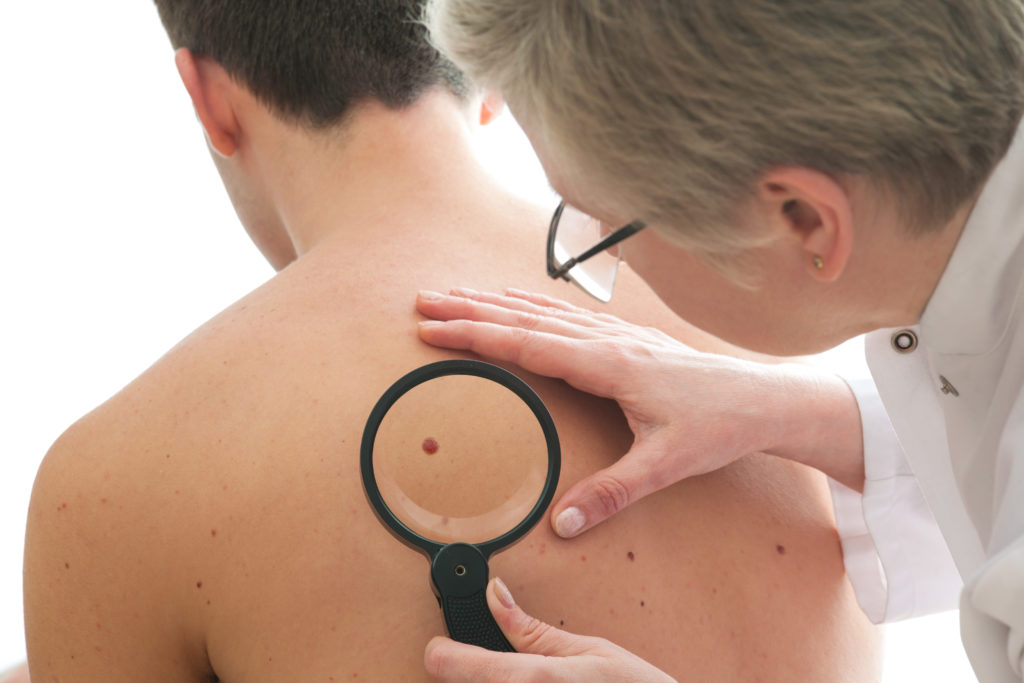
What is a skin exam?
A skin exam is a thorough observation of the skin on every part of the body. This exam should be obtained by a dermatologist. This healthcare professional has completed several years of schooling that supports the accurate and early diagnosis of potentially serious skin conditions like skin cancer. It is the signs of skin cancer that we look for when performing full-body skin exams.
Importance Of Annual Skin Exams
Currently, more than 1 million skin cancer diagnoses are made each year in our country. That number has risen over the past several years and is expected to continue to increase. Multiple studies have confirmed that skin cancers of all kinds, including melanoma, are very treatable. Routine skin exams have been identified as the best way to achieve an early diagnosis for skin cancer when treatment can be most conservative and successful. Some studies have attributed the decrease in melanoma-related deaths to the performance of routine skin exams by board-certified dermatologists.
“I have been going to Asarch for a couple of years now. They have a beautiful clinic and their staff is incredibly kind, and their providers are experts who are very helpful.” – Jillian L.
How often should one get a skin check?
Annual skin exams are recommended for most people. Your doctor may suggest more frequent exams if you are at high risk for skin cancer. An exam should also be scheduled if abnormal growths are noticed in between your regularly scheduled visits. An abnormality may be a new growth or a change to an existing mole or spot.
How long does a skin exam take?
A typical skin exam usually only takes 20 minutes. The initial visit may take slightly longer due to the inclusion of a brief medical history and consultation.
What to Expect During Your Skin Exam At Asarch Center
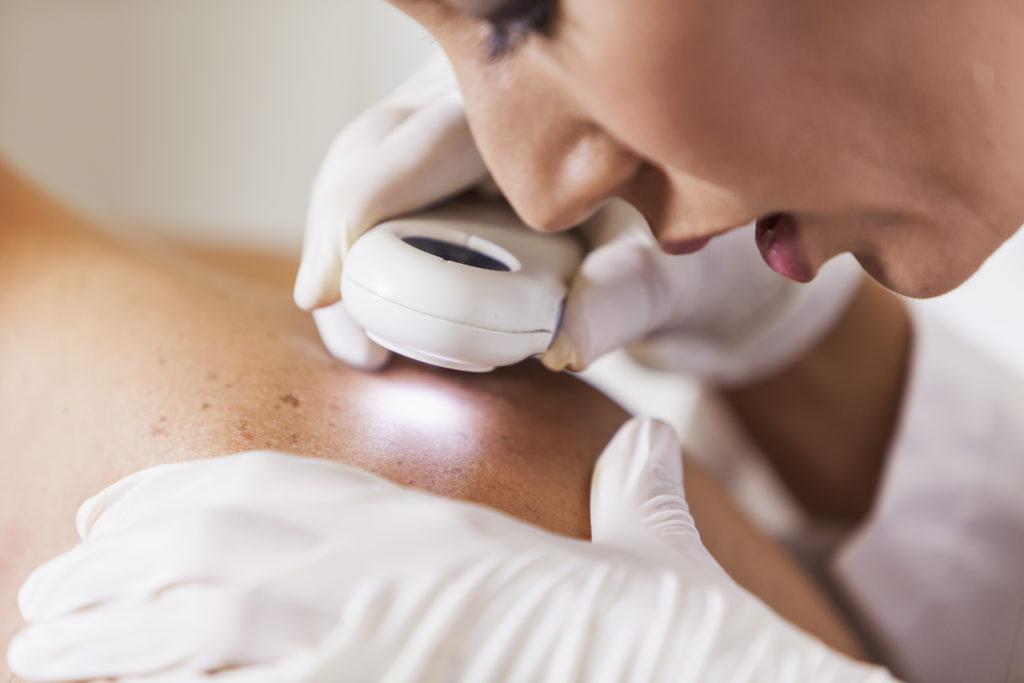
A full body skin examination is performed in a comfortable, private treatment room. Patients are given a hospital gown to change into and should remove all items of clothing. Before conducting the exam, the doctor may ask about any concerns or changes in the skin. A head-to-toe exam observes all moles and spots on the scalp, face, neck, chest, arms, trunk, legs, and feet. Areas of observation include the eyelids, ears, even the mouth, and skin between the fingers and toes. Unusual spots may be evaluated more closely using a special magnifying instrument.
The skin exam can also include the genital area and should if there are any concerns about growths in that area. Not all patients agree with this aspect of a skin exam. We respect each person’s right to choose the extensiveness of their evaluation.
What is a dermatologist looking for during a skin exam?
A routine skin exam looks for various forms of abnormality that may indicate basal cell carcinoma, squamous cell carcinoma or melanoma skin cancer. All moles and spots are closely examined for texture, color, border, and size.
What if there’s something suspicious on my skin?
If a spot on the skin demonstrates an abnormality, a few things may happen. In some cases, the spot is notated in the medical chart to monitor over time. The growth may also be biopsied. Skin biopsies can take place during the same visit. A biopsy removes a small amount of tissue from the growth. To obtain this, the doctor first applies a topical anesthetic. This makes the test very comfortable. Patients should feel only a slight pressure as the biopsy is performed. The tissue that is obtained is placed into a sterile container and sent to a laboratory for magnified examination. Results of biopsies are typically returned to the office in a week to 10 days.
Is an at-home skin exam as good as one by a dermatologist?
Home skin exams are recommended and highly-valued. These monthly exams are important because they contribute to one’s knowledge and awareness of their own skin. The consistency of self-exams enables patients to communicate changes to their dermatologist and also to detect changes well before their next medical skin exam. As beneficial as monthly self-exams are, they do not substitute for the professional exam conducted by the trained eye of a board-certified dermatologist.
What To Look For During Self Exam
An important part of prevention is mole tracking with the ABCDE danger signs. When examining your own skin, keep a look out for the following signs:
- A = asymmetry
- B = irregular border
- C = irregular color,
- D = increase in diameter
- E = evolution or changes in the mole
Check your skin several times a year if you have multiple risk factors such as excessive exposure to the sun, tanning bed use, or a history of precancerous skin lesions, cancer or frequent sunburns.
According to Dr. Asarch, Only about one-third of the population performs self-exams for the signs of skin cancer and a significant number of those people are unable to see or recognize suspicious lesions on their own.
Tracking Your Moles
When you are tracking your mole, know what a healthy mole looks like vs. a mole to be concerned about. Here are some pictures for your reference, but a visit to your Dermatologist is important for a thorough evaluation of any areas of concern.
A Healthy, Normal Mole
Most of the population has these somewhere on their bodies. If your mole is symmetrical, uniform in color, smaller than a pencil eraser and hasn’t changed in the last few years, it should not be of any concern.
An Atypical Mole could become cancerous. These “dysplastic nevi” often have uneven borders and are dark in color. These are not malignant but should be watched carefully.
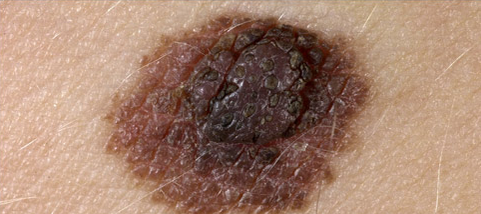
Actinic Keratosis could be cancerous. These patches feel scaly and rough and are often found in areas that are frequently exposed to the sun (ears, scalp, shoulders, backs of hands, etc.)
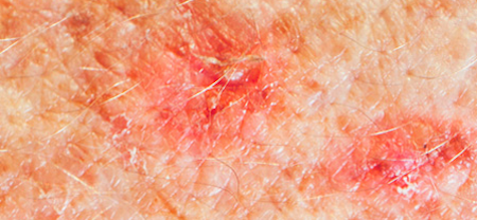
Basal cell carcinoma (BCC) is the most common of all skin cancers and often appears as a shiny bump, raised pink or red spot or a sore that won’t heal.
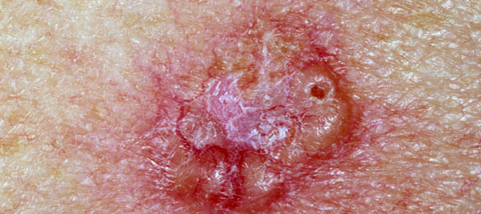
Squamous cell carcinoma (SCC) is the second most dangerous type of skin cancer and it is fast growing. These look like scaly patches or warts and may bleed.
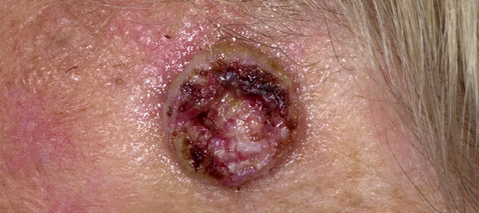
Melanoma is the most dangerous type of skin cancer. These are unevenly shaped with irregular borders and can be multi-colored, though they are often brown or black.
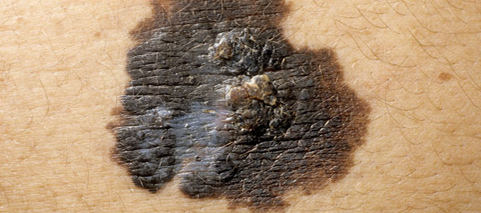
Schedule Your Skin Exam Today
To schedule your skin exam with one of our Board Certified Dermatologists, call us at 303-761-7797. Our practice serves patients in Englewood, Lakewood, Castle Rock, and surrounding areas in Colorado.

